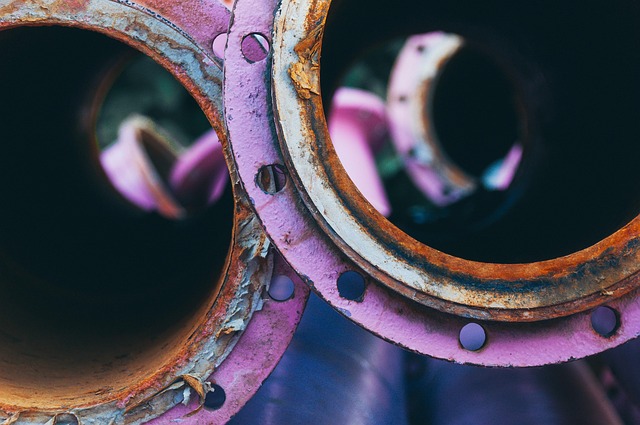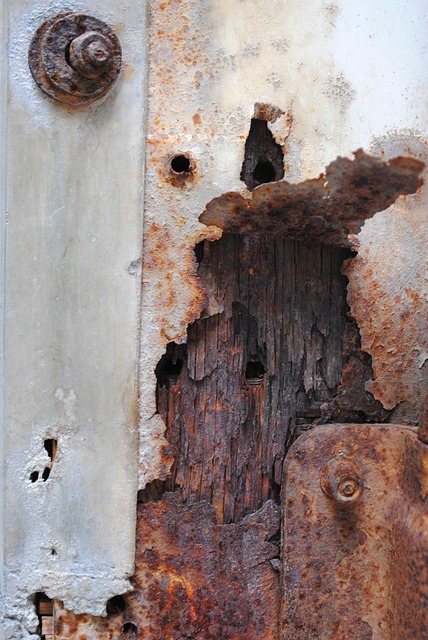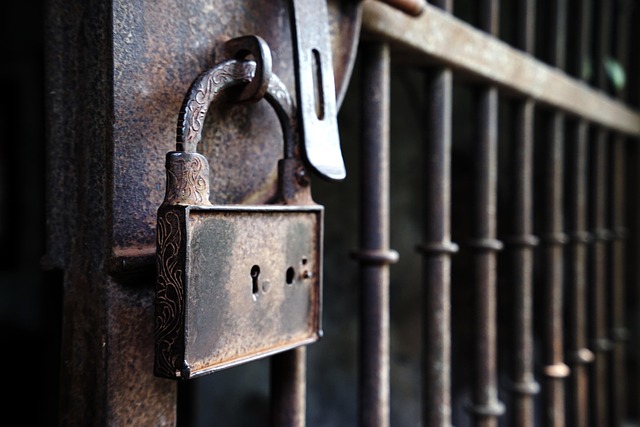Careful assessment of corrosion depth is key for selecting effective rust repair techniques. Use appropriate tools and materials like wire brushes, sandpaper, and eco-friendly rust removers. Strategically choose from spot treatments to stainless steel restoration based on severity. Apply high-quality rust inhibitors after removal for long-term protection. Select colors matching original finish with corrosion-resistant additives. Explore industrial services or natural inhibitors for stubborn spots before protective coatings.
Transforming a rusty vehicle into a sleek, reliable machine is not only achievable but also an art. Understanding rust damage, acquiring the right tools, and following meticulous steps are key to successful restoration. This guide delves into the intricacies of select rust repair techniques, offering a practical approach for enthusiasts and professionals alike. From identifying corrosion to applying protective finishes, master the process and breathe new life into old metal.
- Understanding Rusty Vehicle Damage
- Tools and Materials for Repair
- Step-by-Step Rust Removal Process
- Finishing Touches: Painting and Protection
Understanding Rusty Vehicle Damage

Rusty vehicles often present a unique challenge when it comes to their transformation and restoration. Understanding the extent of the damage caused by rust is the first step in any repair process. Rust, a natural byproduct of iron’s reaction with oxygen and moisture, can spread rapidly and deeply into metal surfaces, leading to structural weaknesses and unsightly discolouration.
When assessing a rusty vehicle, it’s crucial to identify where the corrosion has set in—whether it’s surface rust that can be easily sanded away or deep-set stains that require more intensive methods like chemical treatments or professional stainless steel restoration for complete removal. Home remedies for rust stain removal might offer some temporary solutions, but for permanent fixes and to ensure the vehicle’s structural integrity, selecting the right rust repair techniques is essential.
Tools and Materials for Repair

When undertaking a rusty vehicle transformation, selecting the right tools and materials is crucial for successful and long-lasting results. For any DIY enthusiast, having a comprehensive set of rust repair tools at hand is essential. Start with basic items like wire brushes, sandpaper (ranging from coarse to fine), and plastic or foam scrapers designed specifically for rust removal. These will help you prepare the metal surface by removing loose rust and old paint.
For more extensive rusted areas, consider professional-grade eco-friendly rust removers that are both effective and safe for the environment. These products often come in various forms, such as gels, pastes, or aerosol sprays, each designed for different application needs. Additionally, don’t overlook the importance of best rust preventative methods to maintain your vehicle’s new look. Applying high-quality rust inhibitors or undercoatings after repair can significantly extend the lifespan of your work.
Step-by-Step Rust Removal Process

The first step in transforming a rusty vehicle is to carefully select and apply the right rust repair techniques. Start by thoroughly inspecting the affected areas, identifying the extent of corrosion, and deciding on the appropriate approach—whether it’s a simple spot treatment or a complete stainless steel restoration. This involves removing the damaged paint and revealing the underlying metal, which often requires specific tools and safety gear for worker protection.
The actual rust removal process can vary depending on the severity. For mild cases, using wire brushes and power wash systems can effectively scrub away surface rust. More extensive damage might demand chemical solutions or sandblasting to strip away deep-seated corrosion. After removing the rust, it’s crucial to apply long-term solutions to prevent future issues, ensuring the vehicle’s longevity and a lasting, smooth finish, free from unsightly rust stains that home remedies for rust stain removal can only temporarily mask.
Finishing Touches: Painting and Protection

Once the rusted vehicle has been thoroughly cleaned and prepared, it’s time to apply the finishing touches—a fresh coat of paint and protective layers. This step is crucial in preventing future rust formation and ensuring your car looks as good as new. When selecting a paint job, consider colors that not only match the original finish but also offer some level of corrosion resistance. Some automotive paints contain additives designed to inhibit rust, which can be particularly beneficial for areas prone to exposure, such as wheel wells and sills.
For added protection beyond paint, explore industrial rust cleaning services or car body rust repair kits. These professional solutions can effectively remove stubborn rust spots and provide a durable barrier against future corrosion. How to stop rust naturally is also an eco-friendly approach worth considering; using natural rust inhibitors like lemon juice or vinegar for minor rust issues can be a quick fix before applying a more conventional protective layer.
Transforming a rusty vehicle into a sleek, sturdy machine is achievable with the right knowledge and tools. By understanding the extent of rust damage, selecting appropriate repair methods like our recommended rust removal process, and finishing with quality paint and protection, you can revive even the most damaged cars. Remember, when it comes to repairing rust, the key is patience, precision, and choosing the best products for the job – a select rust repair kit can make all the difference.
